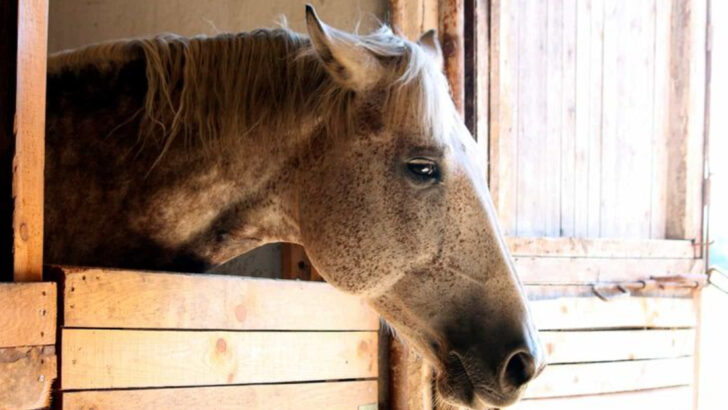Some horses stop caring—no interest, no spark, just stillness. They’re not tired. They’re not lazy. They might be depressed. A new test is shaking up what we thought we knew about horse emotions. It doesn’t measure speed or strength—it measures hope. When given the chance to expect something good, some horses don’t even try. They just stand there… as if they’ve already decided it’s not worth it. That kind of reaction isn’t random. It mirrors what we see in humans battling depression. This new way of reading a horse’s mind is simple, gentle, and strangely revealing—and it might finally give us a way to understand what our horses are really feeling.
The Science of Equine Depression
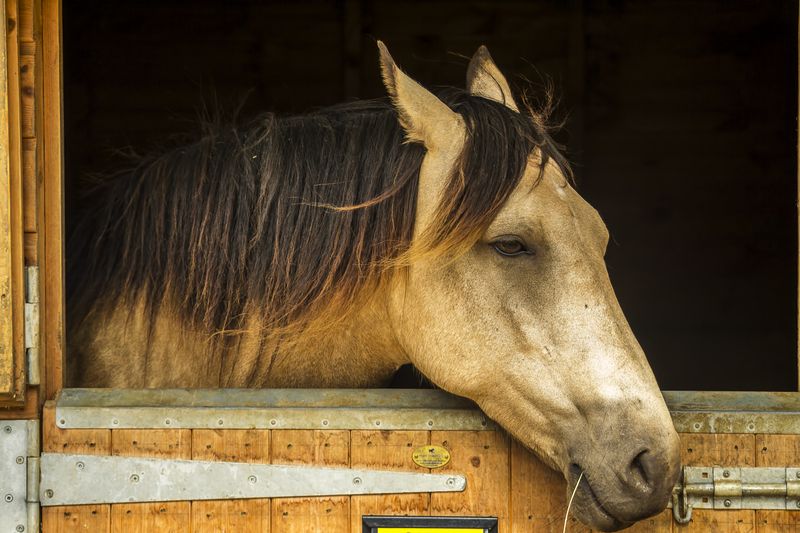
Imagine a horse standing in a lush green field, yet its eyes remain dull, and its posture, slumped. This visual depiction isn’t merely a scene, but a window into the world of equine depression.
Researchers have unveiled that horses, much like humans, can experience feelings akin to depression. But what leads them to such a state? It’s not merely a lack of activity; emotional deprivation can be a key factor.
Understanding this phenomenon allows us to rethink traditional views and recognize the emotional depth of these majestic creatures, urging better care and empathy.
Test for Pessimism in Horses
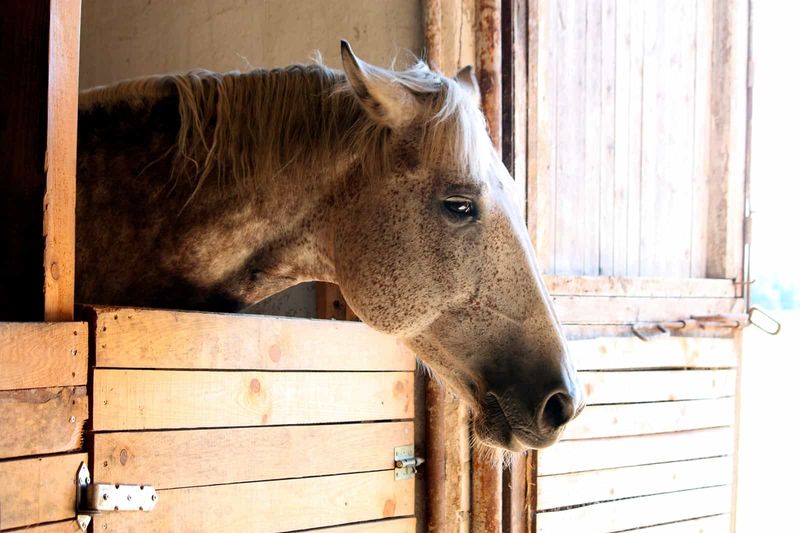
The groundbreaking test for assessing pessimism in horses is both simple and revealing. Picture offering a horse a treat and watching as it barely reacts. This lack of enthusiasm may indicate more than just a fleeting mood.
It signifies a learned expectation of disappointment, akin to pessimism. The test’s simplicity belies its profound implications, suggesting that horses, too, can fall into emotional ruts.
By recognizing these signs, caretakers can provide a more enriching environment, filled with positive experiences, to combat the blues. Understanding equine pessimism invites a compassionate approach to animal welfare.
Emotional Nuances in Equine Behavior
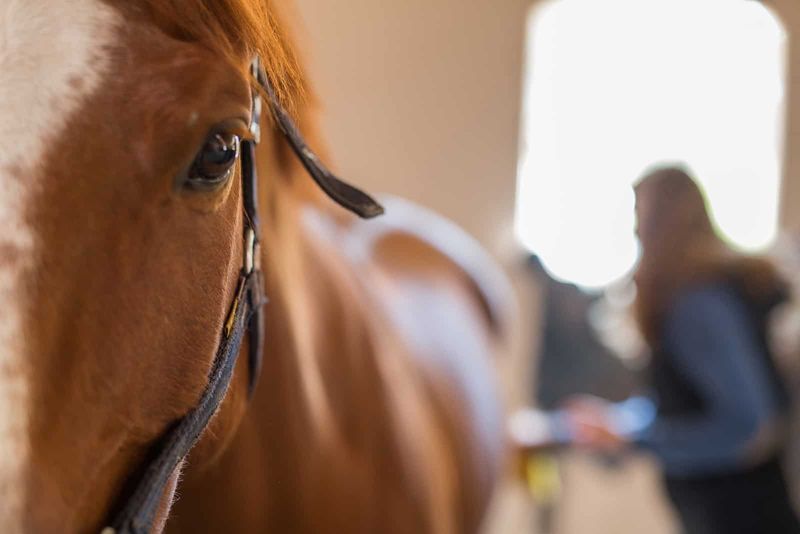
Horses communicate a myriad of emotions through subtle body language, including ears flicking and tails swishing. These nuances are not just instinctual responses but deeply embedded emotional cues.
In the realm of equine behavior, these signs form a complex tapestry of emotional expression. They reveal underlying states that might be overlooked by the untrained eye.
Grasping these subtleties enables a deeper connection with horses, promoting better care and understanding. Recognizing that horses share a spectrum of emotions similar to humans fosters empathy and enhances the human-animal bond.
Implications for Horse Care
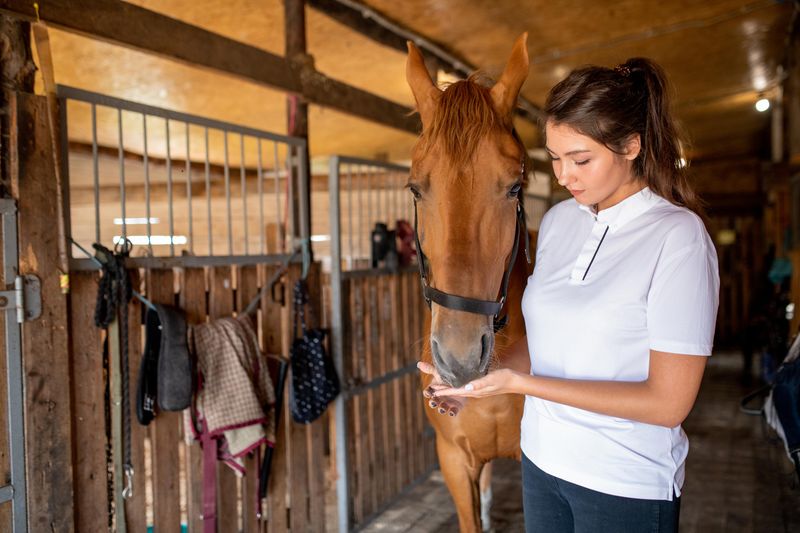
Caring for a horse is more than providing food and shelter; it’s about nurturing its emotional well-being. The revelation of equine depression reshapes the landscape of horse care.
Compassionate interaction becomes paramount, and recognizing the signs of equine depression encourages a holistic approach to caregiving. Providing mental stimulation and emotional support ensures a happier, healthier horse.
Horse caretakers are now urged to incorporate empathy and understanding into their practices. This shift is transformative, acknowledging the emotional complexities of these animals and enhancing the quality of their lives.
Hope and Healing for Horses
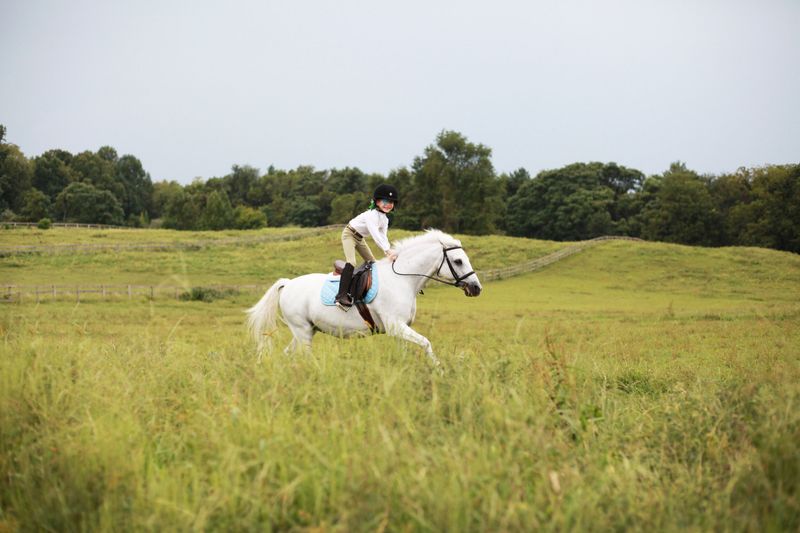
In the serene countryside, a horse gallops freely, embodying hope and the promise of emotional recovery. This imagery represents the potential for healing when depression is recognized and addressed.
With newfound understanding, caretakers can craft environments rich in positive stimuli and companionship, essential components for recovery. Hope becomes a tangible force, guiding the steps to emotional wellness.
As we learn more about equine depression, the path to healing is paved with compassion and awareness. This journey not only benefits the horse but enriches the human experience, creating a harmonious bond.

